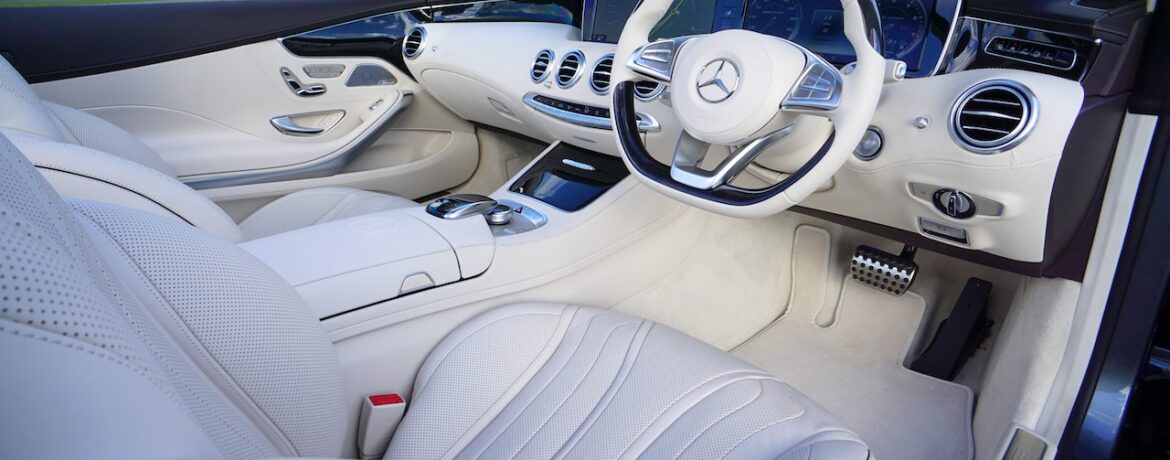Car safety features have come a long way since the inception of automobiles. With technology advancements, cars have become safer, and the number of accidents has reduced. In the past, cars relied on basic features such as seat belts and airbags to protect passengers. However, with the development of more sophisticated features, such as collision prevention systems, cars have become even safer. In this article, we will explore the evolution of car safety features, from airbags to collision prevention.
Introduction
Car safety has always been a top priority for car manufacturers. As cars became more popular, the number of accidents increased, and the need for safety features became evident. The first safety feature introduced in cars was the seat belt, which has saved countless lives. However, with the advancement of technology, cars have become safer, and new safety features have been developed.
The Evolution of Car Safety Features
Seat Belts
Seat belts were first introduced in cars in the 1950s. Initially, they were only lap belts, but shoulder belts were added later. Seat belts were a significant improvement in car safety, and they have saved countless lives. Studies have shown that wearing a seat belt reduces the risk of fatal injury by 45%.
Airbags
Airbags were first introduced in the 1970s, and they have since become standard in all cars. Airbags are designed to protect the occupants of a car in the event of a collision. They work by inflating rapidly when the car is in a collision, creating a cushion between the occupant and the interior of the car. Airbags have saved numerous lives, and they are considered one of the most important safety features in cars.
Antilock Braking Systems (ABS)
Antilock braking systems were first introduced in the 1980s. ABS prevent the wheels from locking up during hard braking, which allows the driver to maintain control of the car. This feature is especially helpful in wet or icy conditions, where the wheels can easily lose traction.
Electronic Stability Control (ESC)
Electronic stability control was first introduced in the 1990s. ESC uses sensors to detect when the car is losing control and applies the brakes to individual wheels to keep the car on course. ESC is especially useful in preventing rollovers.
Lane Departure Warning (LDW)
Lane departure warning systems were first introduced in the early 2000s. LDW uses cameras or sensors to detect when the car is drifting out of its lane and alerts the driver. LDW has been shown to reduce the number of accidents caused by lane departure.
Blind Spot Monitoring (BSM)
Blind spot monitoring systems were first introduced in the mid-2000s. BSM uses sensors to detect when there is a car in the driver’s blind spot and alerts the driver. This feature has been shown to reduce the number of accidents caused by lane changes.
Collision Prevention Systems
Collision prevention systems are the latest and most sophisticated safety features in cars. These systems use cameras, sensors, and radar to detect potential collisions and automatically apply the brakes to prevent or mitigate the impact. These systems are becoming more common in new cars and are expected to reduce the number of accidents significantly.
Conclusion
Car safety features have come a long way since the inception of automobiles. From seat belts to collision prevention systems, cars have become safer and more sophisticated. Safety features have saved countless lives and prevented numerous injuries. As technology advances, we can expect even more advanced safety features to be developed.
FAQs
- Are new cars safer than older cars?
- Yes, new cars are generally safer than older cars due to the development of more advanced safety features.
- How effective are airbags in preventing injuries?
- Airbags have been shown to be highly effective in preventing injuries and saving lives in the event of a collision.
- What is the difference between ABS and ESC?
- ABS prevents the wheels from locking up during hard braking, while ESC uses sensors to detect when the car is losing control and applies the brakes to individual wheels to keep the car on course.
- Do all cars come with collision prevention systems?
- No, collision prevention systems are still a relatively new feature and are not yet standard in all cars. However, they are becoming more common in new cars and are expected to become more widespread in the future.

